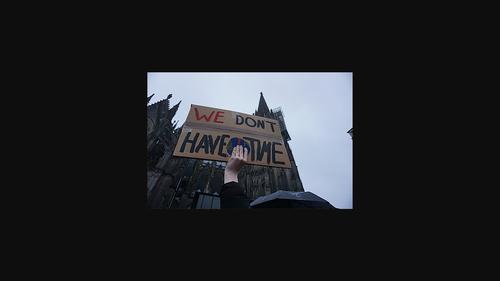当前位置:
X-MOL 学术
›
WIREs Clim. Chang.
›
论文详情
Our official English website, www.x-mol.net, welcomes your feedback! (Note: you will need to create a separate account there.)
A history of the 1.5°C target
WIREs Climate Change ( IF 9.2 ) Pub Date : 2023-01-18 , DOI: 10.1002/wcc.824 Béatrice Cointe 1 , Hélène Guillemot 2
WIREs Climate Change ( IF 9.2 ) Pub Date : 2023-01-18 , DOI: 10.1002/wcc.824 Béatrice Cointe 1 , Hélène Guillemot 2
Affiliation

|
The 1.5°C target is now widely considered as the maximum acceptable limit for global warming. However, it is at once recent and, as it appears increasingly unreachable, already almost obsolete. Adopted as an aspirational target in the Paris Agreement in 2015, the 1.5°C objective originated with a political impetus within UNFCCC negotiations. The Intergovernmental Panel on Climate Change (IPCC) endorsed this policy-driven target when it produced the Special Report on 1.5°C. This article highlights the continuity of the history of the 1.5°C target with that of the 2°C target, but also the differences between the two. Because the 1.5°C target considerably raises the bar on mitigation efforts, it exacerbates political tensions and ambiguities that were already latent in the 2°C target. This article retraces the emergence of the 1.5°C in diplomatic negotiations, the preparation of the IPCC Special report on 1.5°C, and the new kinds of debates they provoked among climate scientists and experts. To explain how an unreachable target became the reference for climate action, we analyze the “political calibration” of climate science and politics, which can also be described as a codependency between climate science and politics.
中文翻译:

1.5°C 目标的历史
1.5°C 的目标现在被广泛认为是全球变暖的最大可接受限度。然而,它既是最近的,而且随着它看起来越来越遥不可及,几乎已经过时了。作为 2015 年《巴黎协定》的理想目标,1.5°C 的目标起源于 UNFCCC 谈判中的政治推动力。政府间气候变化专门委员会 (IPCC) 在编写关于 1.5°C 的特别报告时认可了这一政策驱动的目标。本文强调了 1.5°C 目标与 2°C 目标在历史上的连续性,以及两者之间的差异。由于 1.5°C 的目标大大提高了减缓努力的门槛,它加剧了已经潜伏在 2°C 目标中的政治紧张局势和模糊性。本文追溯了 1 的出现。5°C 的外交谈判、IPCC 关于 1.5°C 特别报告的准备,以及它们在气候科学家和专家中引发的新型辩论。为了解释无法实现的目标如何成为气候行动的参考,我们分析了气候科学与政治的“政治校准”,也可以描述为气候科学与政治之间的相互依存关系。
更新日期:2023-01-18
中文翻译:

1.5°C 目标的历史
1.5°C 的目标现在被广泛认为是全球变暖的最大可接受限度。然而,它既是最近的,而且随着它看起来越来越遥不可及,几乎已经过时了。作为 2015 年《巴黎协定》的理想目标,1.5°C 的目标起源于 UNFCCC 谈判中的政治推动力。政府间气候变化专门委员会 (IPCC) 在编写关于 1.5°C 的特别报告时认可了这一政策驱动的目标。本文强调了 1.5°C 目标与 2°C 目标在历史上的连续性,以及两者之间的差异。由于 1.5°C 的目标大大提高了减缓努力的门槛,它加剧了已经潜伏在 2°C 目标中的政治紧张局势和模糊性。本文追溯了 1 的出现。5°C 的外交谈判、IPCC 关于 1.5°C 特别报告的准备,以及它们在气候科学家和专家中引发的新型辩论。为了解释无法实现的目标如何成为气候行动的参考,我们分析了气候科学与政治的“政治校准”,也可以描述为气候科学与政治之间的相互依存关系。



























 京公网安备 11010802027423号
京公网安备 11010802027423号